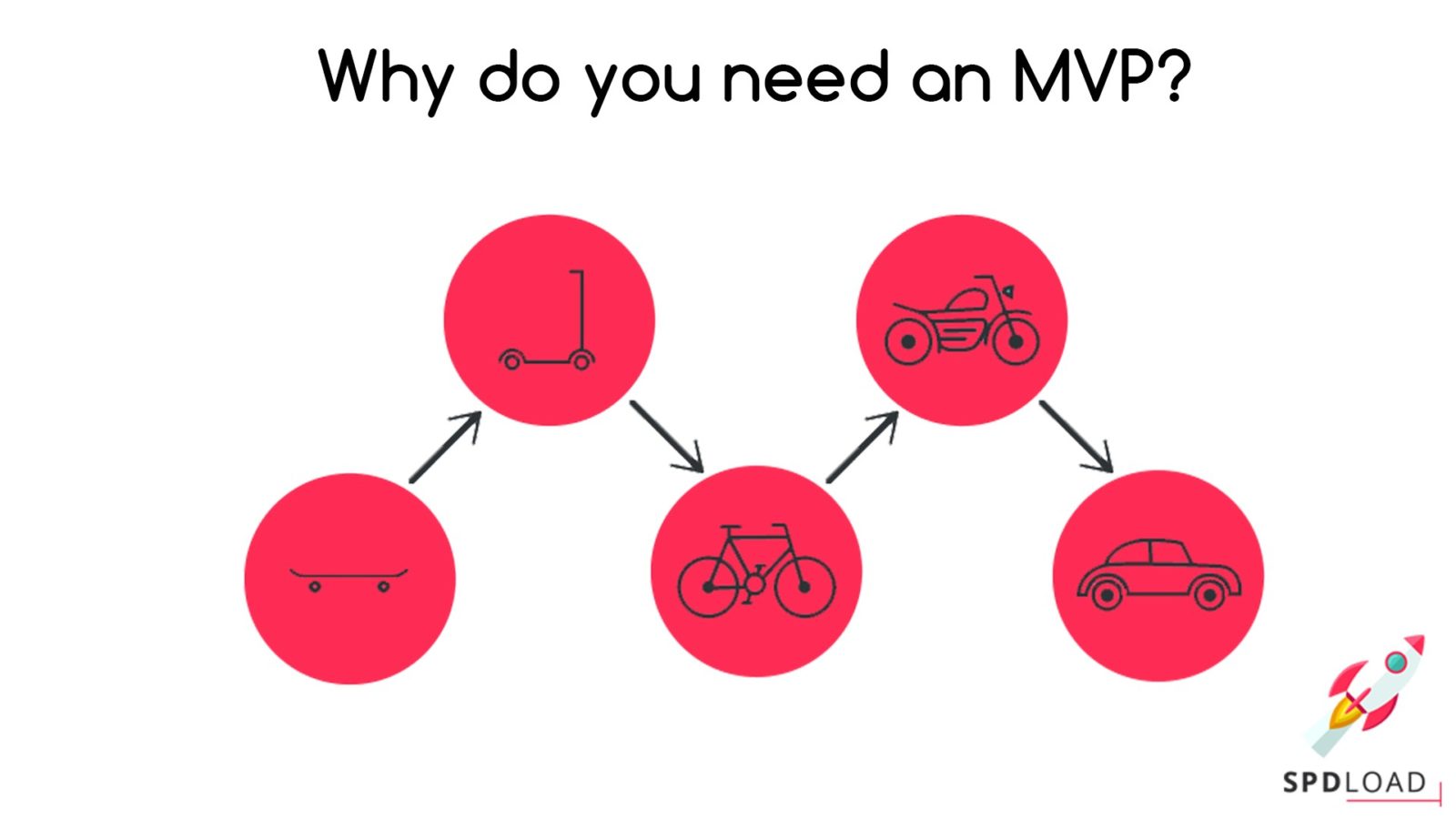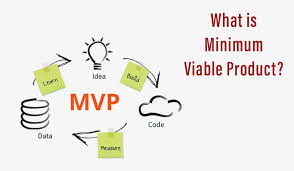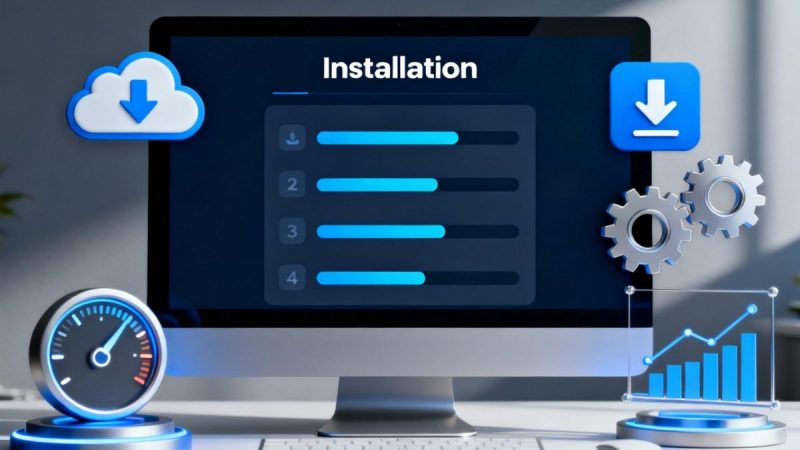What is an MVP? The benefits of building an MVP

Software development (SW) is one of the most widespread intellectual professions. At the same time, increased requirements are imposed on this area of activity in terms of the organization of work, and regardless of the size of the development team. Another feature of software development is the unpredictability of the future attitude of the market towards the product being created.
Given these features, as a first step, an idea is developed with the minimum required set of capabilities. The implementation of the idea should fully present the product, show its prospects. At the same time, the cost of implementation in socialized terms (financial, time) at the first stage of presentation should be as low as possible.
This idea was formalized and loudly declared its viability in 2001 by Franco Robinson. Steve Blank and Eric Ries took up the idea, calling it MVP – Minimum Viable Product.
The main task of the mvp for startups is not only to present the product, but, which is also important, to collect information about its need for the market. It is the analysis that allows you to finally determine the target audience of the product and the directions of its further development. Along with the presentation of the product according to the mvp for startups principle, all components of its future large-scale marketing are checked – from presentations to training personnel in product ownership.
The benefits of building an MVP
In general, the MVP principle is very closely related to the iterative principle of developing any idea, when its developers approach the final implementation as a result of several successive iterative steps.
What is an mvp is here. Among the additional tasks that are posed in the development process according to the MVP principle:
- Early market notification of a product;
- Early capture of market share, including through training the primary capabilities of the product and involving the future consumer in the development process;
- Attracting the first results of product development to the implementation of other products based on it;
- Early testing of the product, which facilitates the entire process of bringing the product to the final market competitive form;
- Convincing the market in the necessity of the presented product.
According to the authors of the idea, the most important task of an MVP is to educate customers and attract them to their side by developers in the matter of finally bringing the product to market.
How to build an MVP
MVP fits perfectly with the general idea of developing a business model, as they say, it fits perfectly among all three components of the business model canvas:
- clients,
- price offer and
- channels of relationships.
Principles very similar to it interact with the MVP principle:
MVC – the minimum viable founder – the founder capable of starting the development of a project and having the following minimum characteristics:
- Trust from all project developers;
- Rationality in project management;
- Realism in decision making;
- Productivity and ability to drive development progress.
MVCom – Minimum Viable Team – the minimum team required to implement an MVP. When creating an MVCom based on an MVP, the main functions of the company are determined and the necessary personnel are already selected for these functions.
MVT – Minimum Viable Technology – a technology that provides development at the proper level with appropriate tools, taking into account the current and future development of the project industry.

Don’t forget to build, measure & learn
One of the clearest examples of the successful application of the MVP design principle is the development of a customer service model based on cloud computing technology – SaaS.
The development and implementation of SaaS went gradually and “from afar” with constant analysis of the “readiness” of users to accept the following procedure:
- first it was proved that network technologies are the future;
- then the possibility of obtaining services over the network was clearly demonstrated;
- followed by demonstrating that these services are quite reliable, of high quality and very cheap;
- at the final stage – testing of mass access to resources on the server side was carried out and a powerful advertising campaign for a new method of obtaining network services was carried out.
Most importantly, SaaS does not stand still, first of all, it sees its shortcomings and seeks to eliminate them, everything is within the framework of the MVP strategy, and, secondly, it sets out new more global tasks to ensure the variability of services received from one server.
https://text.ru/antiplagiat/605b340ae94f2






